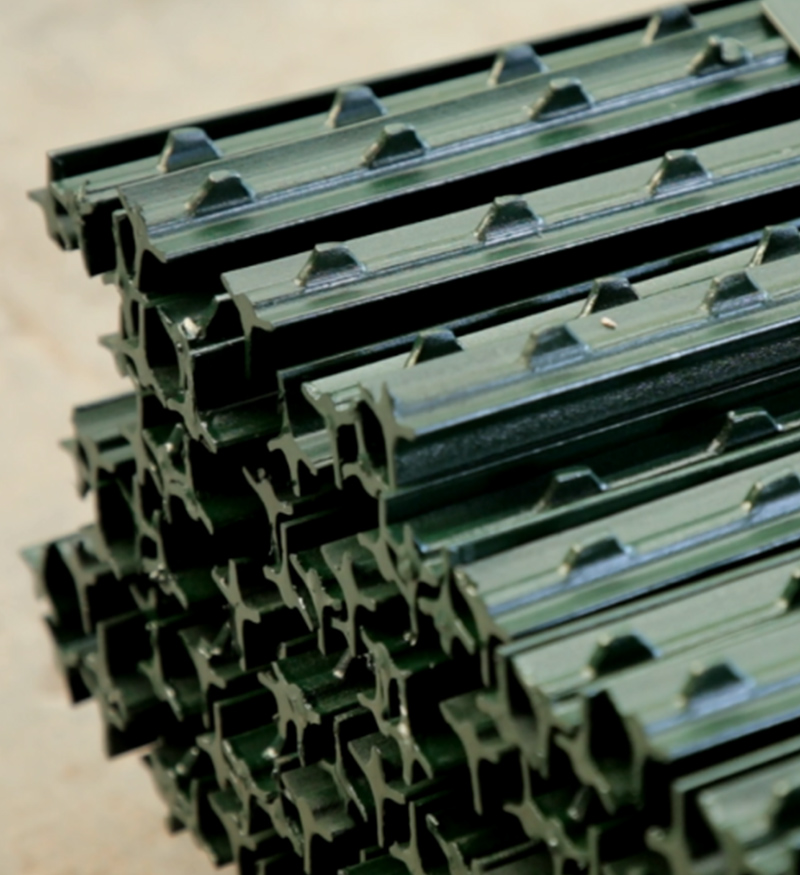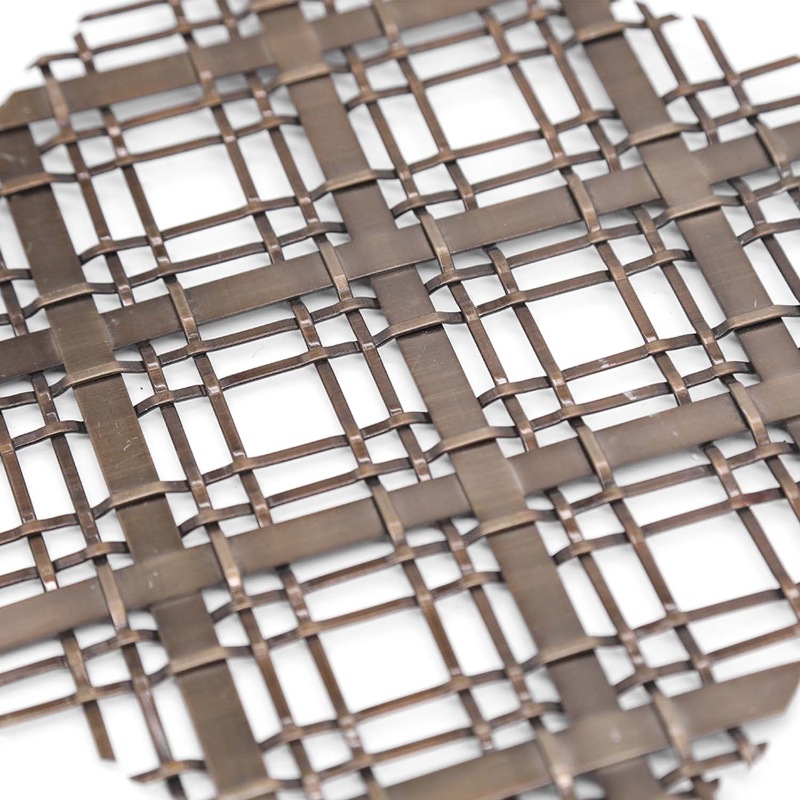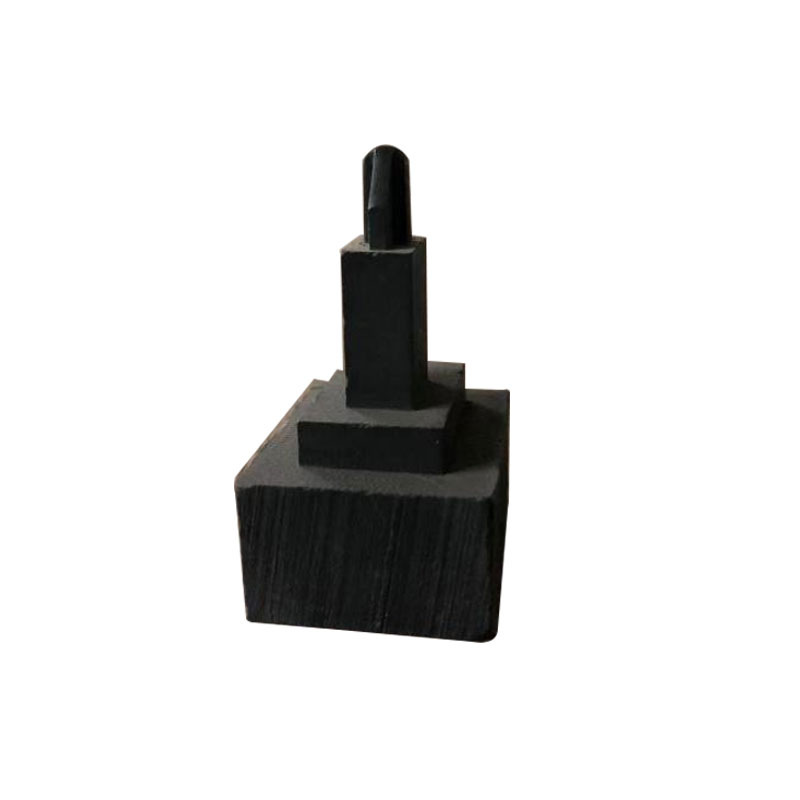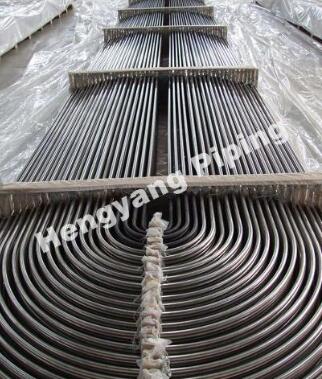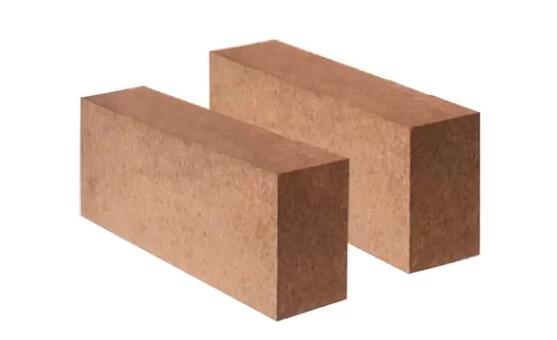What is graphite used for?
Link to Lianjing
Graphite, a seemingly unassuming form of carbon, possesses an array of remarkable properties that make it one of the most versatile and indispensable materials found in various industries today. From drawing pencils to state-of-the-art lithium-ion batteries, graphite plays an essential role in enhancing our lives and powering technological advancements. In this blog post, we will delve into the fascinating world of graphite and explore its myriad of applications, highlighting its contributions to science, industry, and our everyday experiences.
1. Unveiling the Science behind Graphite:
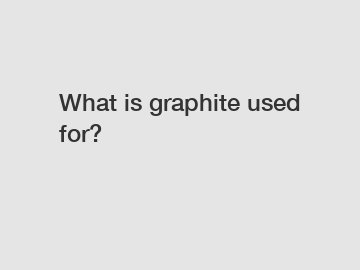
Graphite is a crystalline form of carbon composed of layers of tightly packed hexagonal structures. These layers provide graphite with its unique properties, rendering it an excellent electrical conductor, while also granting it remarkable lubrication capabilities. These fundamental properties form the basis for the myriad of applications graphite finds itself in.
2. The Mighty Pencil:
Most people encounter graphite in the form of a mere pencil. But have you ever wondered what makes pencils so smooth and easy to write with? The answer lies in the layers of graphite cased within the wooden cylinder. As the pencil glides across paper, tiny flakes of graphite leave a trail, thanks to the material's exceptional lubricating properties. This simple tool owes much of its effectiveness to graphite, which has been relied upon for centuries to help us express our thoughts and ideas.
3. Industrial Applications:
One of the most significant uses of graphite is found in the steel and metal industries. Due to its high melting point and thermal stability, graphite crucibles are ideal for melting metals at extremely high temperatures. Furthermore, graphite is an excellent refractory material, often utilized in kilns and furnaces to withstand extreme heat. Its strength and resistance to oxidation make it perfect for ensuring the durability and longevity of industrial equipment.
4. Advanced Battery Technologies:
The global shift towards renewable energy and the ever-growing demand for electric vehicles has brought graphite into the limelight. Lithium-ion batteries, which power countless portable devices and electric cars, rely heavily on this remarkable material. Within these batteries, graphite acts as an anode, storing and releasing electrical energy efficiently. Its ability to accommodate lithium ions during the charging and discharging process makes it instrumental in powering the devices that have become integral to modern life.
Related links:What is Welded Razor Wire Mesh used for?
Graphite Crucible: A Comprehensive Guide
The Benefits and Features of Stainless Steel Window Insect Screens
Selection of Flux Cored Hardfacing Welding Wire
What is a Low Fin Tube? Understanding its Significance in Heat Exchangers
Is alloy steel better than stainless steel?
How are ductile iron pipes and fittings installed?
5. Nuclear Reactors:
Another critical application of graphite lies in nuclear reactors. Graphite's unique ability to withstand extreme temperatures and radiation has made it a key material in both nuclear fuel production and reactor cores. Its excellent thermal conductivity allows it to efficiently absorb and dissipate heat within the reactor, ensuring the safe operation of these powerhouses.
6. Emerging Technologies:
Beyond its established uses, graphite continues to find its way into cutting-edge technologies. Graphene, a single layer of graphite, holds immense promise for the future. With its unparalleled strength, flexibility, and conductivity, it is revolutionizing fields as diverse as electronics, medicine, and energy storage. Graphene-based sensors, for instance, offer unprecedented sensitivity and accuracy in detecting various gases, making them invaluable in environmental and safety applications.
7. Unleashing the Creative Potential:
As a testament to graphite's artistic and creative influence, we cannot overlook the countless drawings, sketches, and paintings that owe their very existence to graphite pencils. Artists, from novices to veterans, rely on graphite's ability to create delicate lines and shading, allowing them to bring their imagination to life on paper. Its versatility and ease of use have made it an essential tool for all artists seeking to capture their visions.
Conclusion:
Graphite's unassuming nature belies its immense value and impact across an astonishing range of industries and applications. From everyday objects like pencils to advanced technologies like lithium-ion batteries, nuclear reactors, and emerging wonders like graphene, graphite has carved an irreplaceable niche for itself. Its exceptional properties, such as electrical conductivity, lubrication abilities, and thermal stability, contribute to a wealth of consumer products and innovations that shape our modern world. As we continue to unlock the latent potential of graphite, we can only anticipate even greater discoveries and applications awaiting us. The remarkable versatility of graphite reminds us of the profound impact a humble material can have on our lives.
If you want to learn more, please visit our website.
For more information, please visit graphite blocks.
Related links:Hot-Dipped Galvanized Coil: Unleashing the Power of Corrosion Resistance
What are the common uses of colored crushed glass?
Welded Wire Mesh Panel: Enhancing Strength and Security
The Problem with Post Tensioning: An In-Depth Analysis
Exploring Galvanized Welded Wire Mesh: Construction and Composition
Advantages and Applications of PPGI Coil
What is Expanded Metal? A Versatile Solution for Diverse Applications




